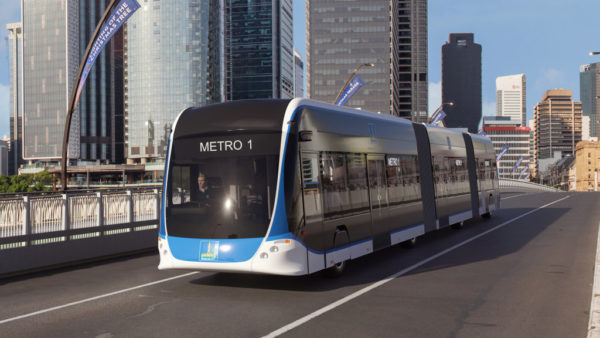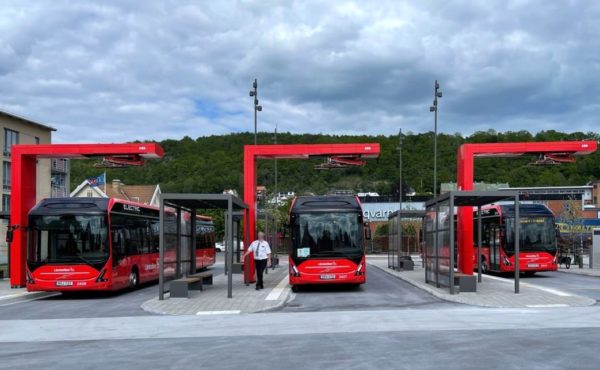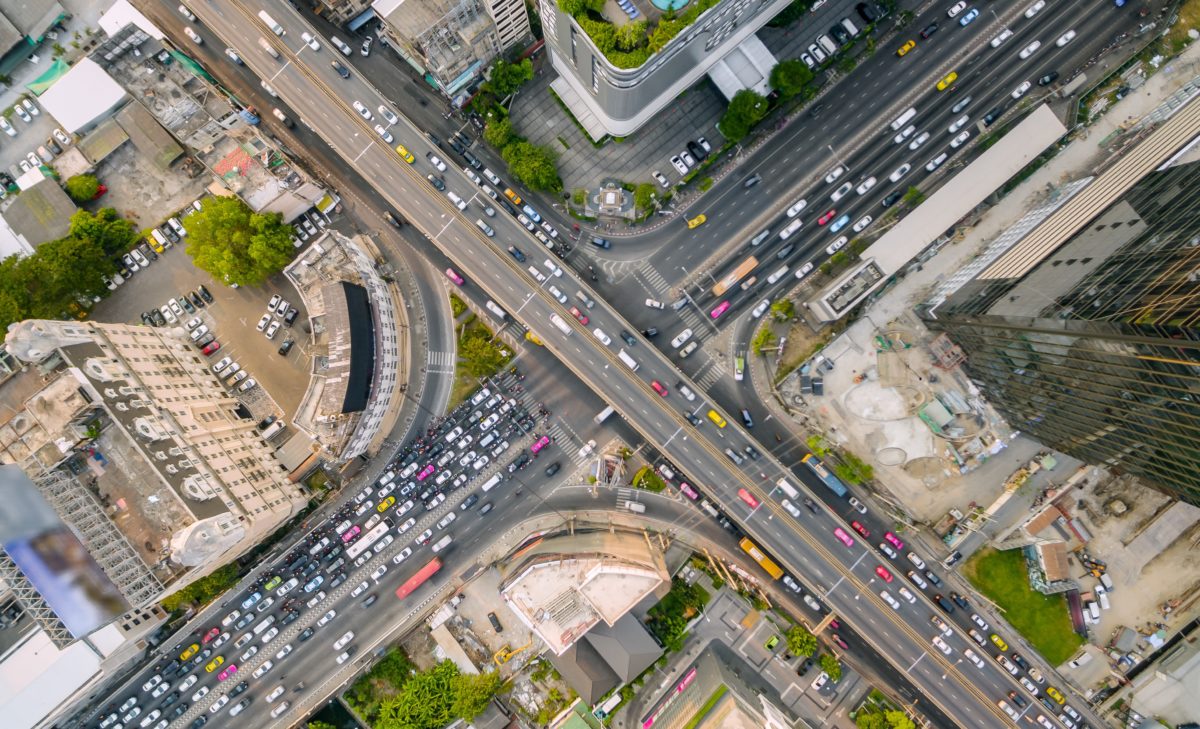Australia’s commitment to delivering net zero emissions by 2050 must shape the way we get back on our roads post COVID-19.
With the nation currently re-emerging from lockdowns against the backdrop of COP26, it’s the perfect time to implement a new approach to urban transport. In particular, a plan to address Australia’s car dependency and a clear timeline to phase out fossil fuels on our roads are needed.
Pre-COVID, transport was Australia’s third largest source of greenhouse gas emissions (96MtCO2e per year). Today that figure is down 13.2%.
If we are to play our part in the crucial global energy transition, we must adopt electric mass transport such as e-buses to help mitigate an anticipated 60% rise in CO2 emissions from transportation by 2050.
The benefits of e-bus adoption are significant, accounting for a 60-tonne CO2 saving per year by just one e-bus running 200 kilometres per day.
Additionally, there are benefits to public health with cancer, asthma and other health problems caused by car pollution killing about 6,503 people in NSW alone each year. These emissions would be removed altogether in cities with electric vehicles.
There are certain key areas across government, industry, and public spheres that can ensure the quickest possible delivery of an end-to-end, sustainable public transport system in our cities.
Firstly, it is imperative that we all start, together, now. The process of decommissioning existing infrastructure and installing new electrical options may take up to 20-30 years to implement.

Image: BCC
This starts with federal and state governments leading the way to give confidence to the market to invest in these technologies. Mandating e-buses nationally ahead of 2030 is a must and is already progressing at state level in NSW.
Secondly, ability to finance these initiatives plays an important role in timely implementation. Providers and governments should work together to ensure investment cycles line up with key development milestones. It is essential to evolve current capex and opex business models to place greater focus on sustainability.
Thirdly, the economics of the transition away from a reliance on fossil fuel industries must extend to the local workforce through job creation at every step along the way. Rather than sourcing technology from overseas, the renewable energy sector must create new job opportunities in Australia including manufacturing equipment and components locally. To be truly effective, this end-to-end approach must also be delivered without environmental harm, from sourcing materials to production and transportation methods.
Finally, we must create a long-term plan for decommissioning current infrastructure, in favour of recycling and reusing as much material as possible to avoid landfill.
On the consumer side, there is an increasing public interest in making greener personal choices. This should be facilitated by providing more opportunities, starting with greater access to mass transport. Ensuring reliability is essential and decisions need to be made regarding electricity supply for e-bus fleets. A mix of charging stations and EV technology at bus depots for longer journeys and just-in-time charging will help manage electrical needs and efficiencies.

Image: VDL
To understand and predict consumer behaviour, data and analytics must have a far more prominent role in enterprise operations, allowing for more streamlined services to be provided and maintained with interruption. Improved transport services, delivered by both public and private enterprise, will encourage people to avoid travelling by car by making it easier to plan trips and use mass transport systems.
For private transport, the longer-term opportunity for big data is to not only allow drivers to better understand and plan around road conditions, but to also help the traffic system manage itself with smart traffic lights directing flow in line with needs to avoid congestion.
In addition to big data, micro-grids will decentralise power distribution. So rather than everyone being connected to one grid, or supply of electricity, we have lots of smaller sources, or microgrids. This means that if one part of the system goes down, the rest remain operational.
To contribute to a more sustainable future effectively, we must take more action from now, with governments, businesses, and industry acting collectively and transitioning the workforce to support e-mobility and the public ditching their cars for greener options.
It’s a long road that will take decades to traverse and it starts with us all boarding the e-bus to a more sustainable future today.
Author: Sam Yfantis, Schneider Electric, infrastructure segment director
The views and opinions expressed in this article are the author’s own, and do not necessarily reflect those held by pv magazine.
This content is protected by copyright and may not be reused. If you want to cooperate with us and would like to reuse some of our content, please contact: editors@pv-magazine.com.








By submitting this form you agree to pv magazine using your data for the purposes of publishing your comment.
Your personal data will only be disclosed or otherwise transmitted to third parties for the purposes of spam filtering or if this is necessary for technical maintenance of the website. Any other transfer to third parties will not take place unless this is justified on the basis of applicable data protection regulations or if pv magazine is legally obliged to do so.
You may revoke this consent at any time with effect for the future, in which case your personal data will be deleted immediately. Otherwise, your data will be deleted if pv magazine has processed your request or the purpose of data storage is fulfilled.
Further information on data privacy can be found in our Data Protection Policy.